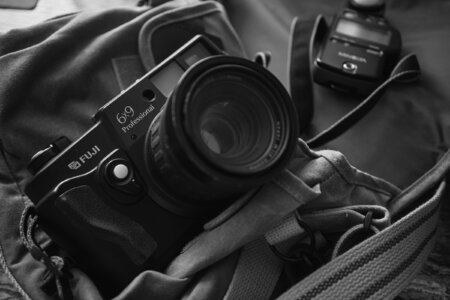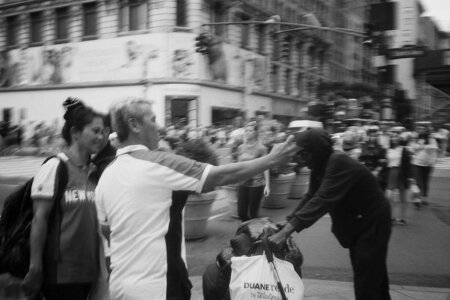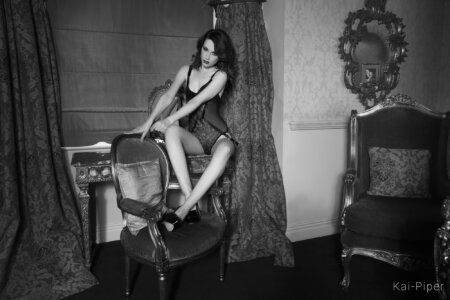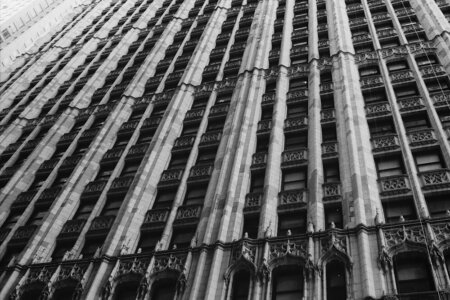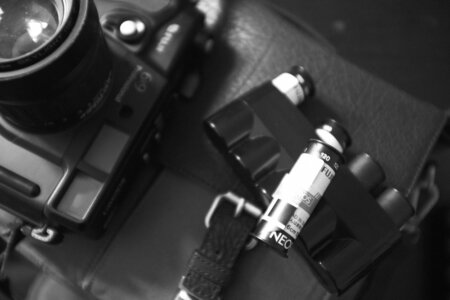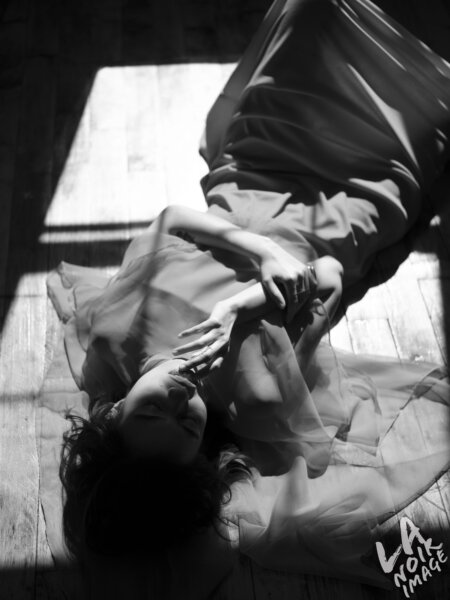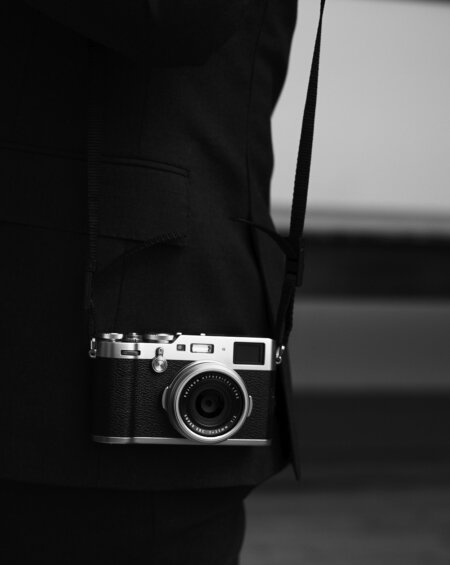In the medium format world, you’ll find that there are a whole lot of rangefinder cameras, but not a whole lot of good ones–the Fujifilm GW690 III is the exception to that statement. When we talk about medium format rangefinders, lots of folks immediately whisper Mamiya, Bronica, Fujifilm–no one mentions Voigtlander or Zeiss. But as it is, Fujifilm’s highest end rangefinder could could indeed be this. While there were newer cameras to come out with a light meter and all, nothing really matches the sheer size of a gorgeous 6×9 negative. That’s what the Fujifilm GW690 III fires. Originally designed for landscape photographers, it’s found its way into the hands of modern portrait photographers and even street photographers. With a big, bright rangefinder to it and a beautiful 90mm f3.5 lens rendering the equivalent of a 35mm f1.2 in full frame 35mm, there isn’t a whole lot to hate about the Fujifilm GW690 III.
An inspiring documentation of the monochrome lifestyle
Tagged fujifilm
The Truth About Rangefinder Cameras That No One Else Will Tell You (Premium)
Rangefinder cameras are hot; they’ve gone through a period of glory, then spent time in the darkness, then returned, and now they’ve returned again in one of the biggest ways. The type of camera typically associated with Leica and used as an icon for loads of different graphics is indeed something that most folks would want. Though if you’ve never considered one, then you probably may not know where to start or you may have gotten one or two things wrong. Take some advice from someone whose screwed it up a number of times now.
Review: Fujifilm Instax Square SP-3 Square Instax Format Printer (Premium)
The Fujifilm Instax SP-3 printer is something that many have been looking forward to for a really long time.
How Ilford Delta 400 Became My Favorite Film for Street Photography (Premium)
“For the first time, I had felt betrayed. Years and years of an industry and marketing teaching me that Kodak Tri-X 400 was the absolute best and that there is no reason for you to go out there and try anything else.”
The Psychology of a Nude Studio Portraiture Photographer (NSFW)
“Look at what has happened on Instagram, look at the selfie world and the increasing amount of pay-per-view sites that photographers and models can make quick cash by selling ‘naughty’ photos online. I want nothing to do with that.”
Report: Using the Fujifilm GFX 50S for Studio Portrait Photography
This beastly camera does a fantastic job in the studio.
Field Report: Urban Geometry Street Photography with the Zeiss 35mm f1.4 Milvus Lens with Fujifilm Acros 100 (Premium)
To say that working with the Zeiss 35mm f1.4 Milvus lens isn’t a dream in many ways is an honest to goodness understatement. The new lens, which was announced earlier last month, is one of the latest options on the market. Zeiss touts the image quality to bt so good that they’re even specifically marketing…
The Photographer’s Essential Guide to Fujifilm Acros 100 and Digital (Premium)
Here’s what you NEED to know about Fujifilm Acros.
Duncan Hopewell: Fujifilm Acros in Nature
“There is a very real, calculable, “cost” to creating an image that makes me think more deeply about what I am attempting to convey in each frame.”
Manuel Pombo: Street Photography on Fujifilm Acros
“For me it is like the difference between a cocktail and a glass of wine. Both have their places in our lives.”
How Closely Does Fujifilm Acros Compare To the Digital Film Simulation?
Ever wonder how the Fujifilm Acros 100 emulsion and the digital presets compare?
Editor’s Letter May 2017: Fujifilm Acros Month
This month: we’re exploring Fujifilm Acros.
How to Get the Most out of The Acros Setting on Your Fujifilm X Series Camera (Premium)
Learn how to get the most from the Acros simulation in your Fujifilm Digital Camera.
Five New Cameras That the Documentary Photographer Will Appreciate
Sometimes the best camera is the one you have one you. But these are better I’m sure.
5 Tips For Great Portraits with Fujifilm’s Acros Simulation (Premium)
“Unlike the monochrome black and white setting, the Acros simulation offers a slightly more subdued look right out of the box–a look that in this writer’s opinion feels a little more filmic than the standard monochrome black and white.”
